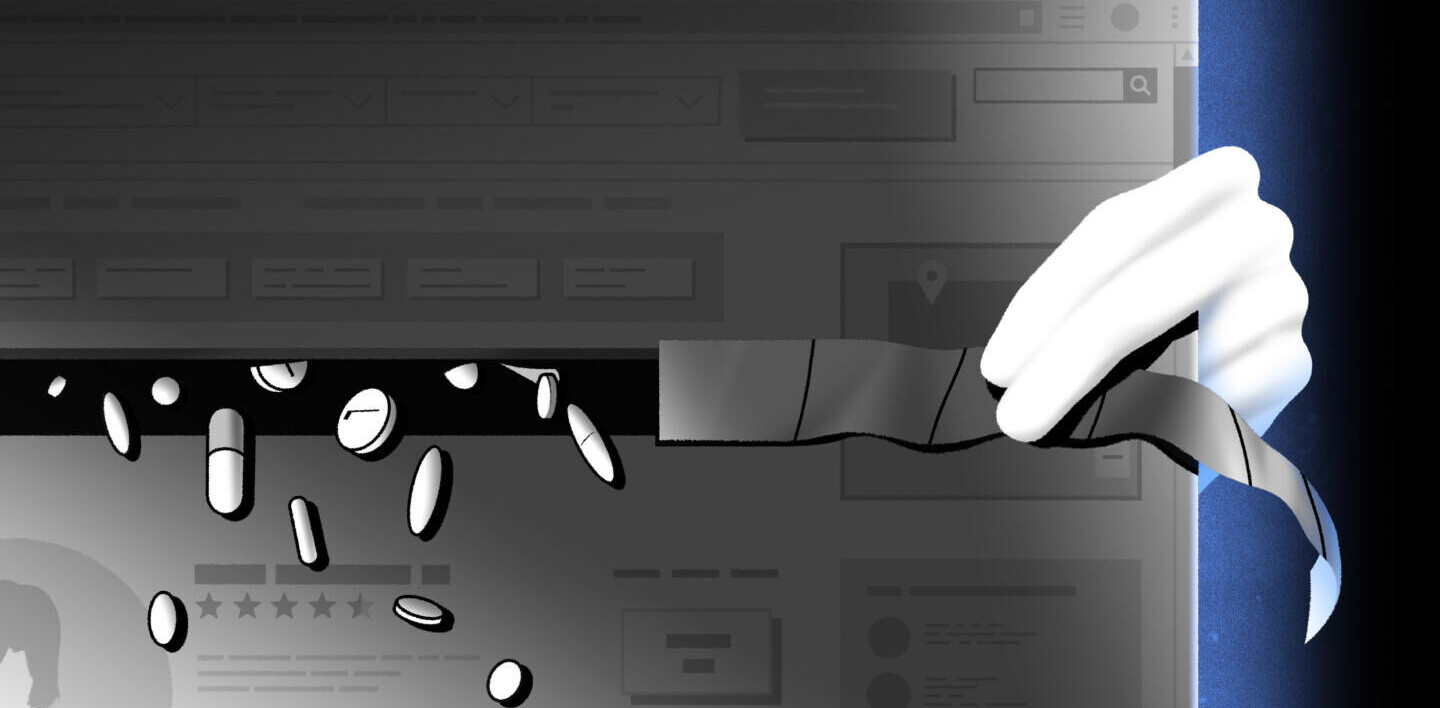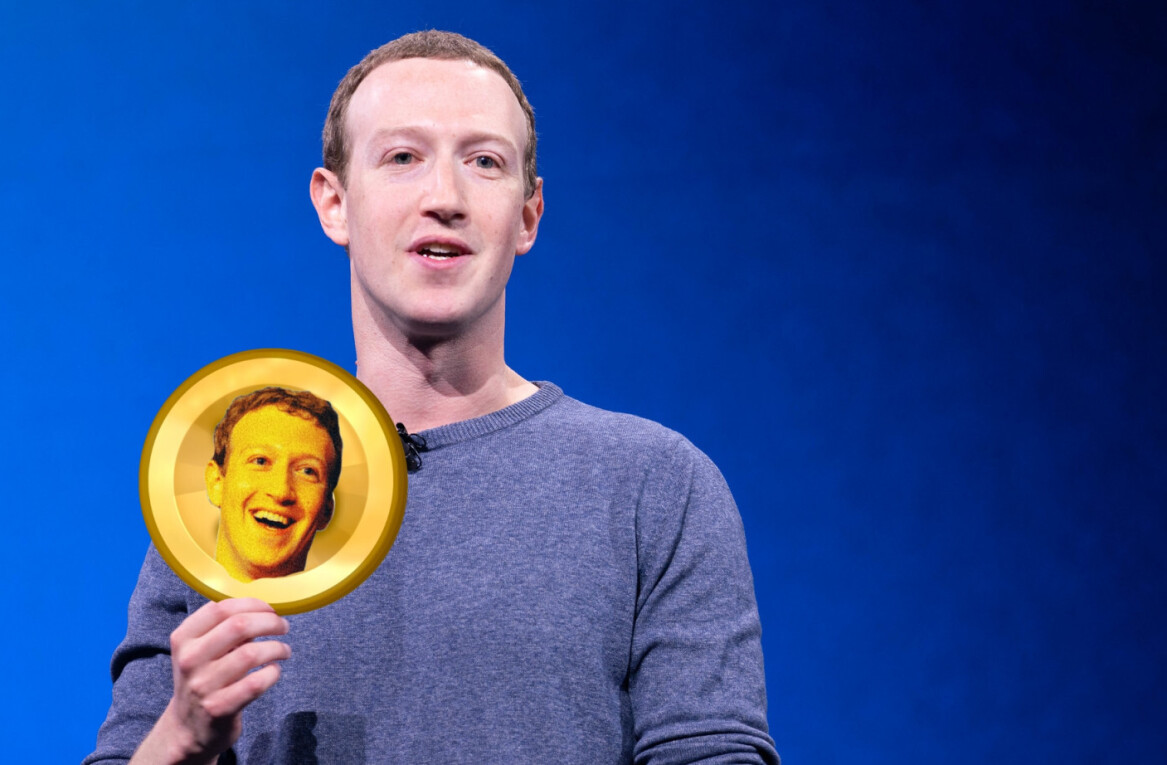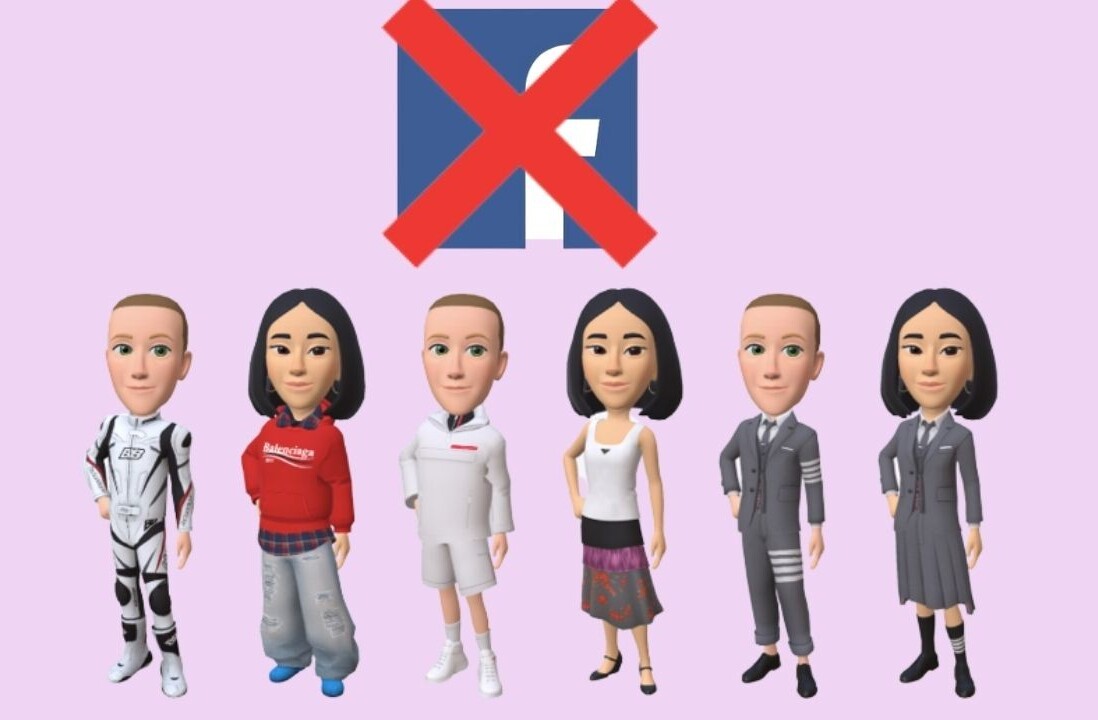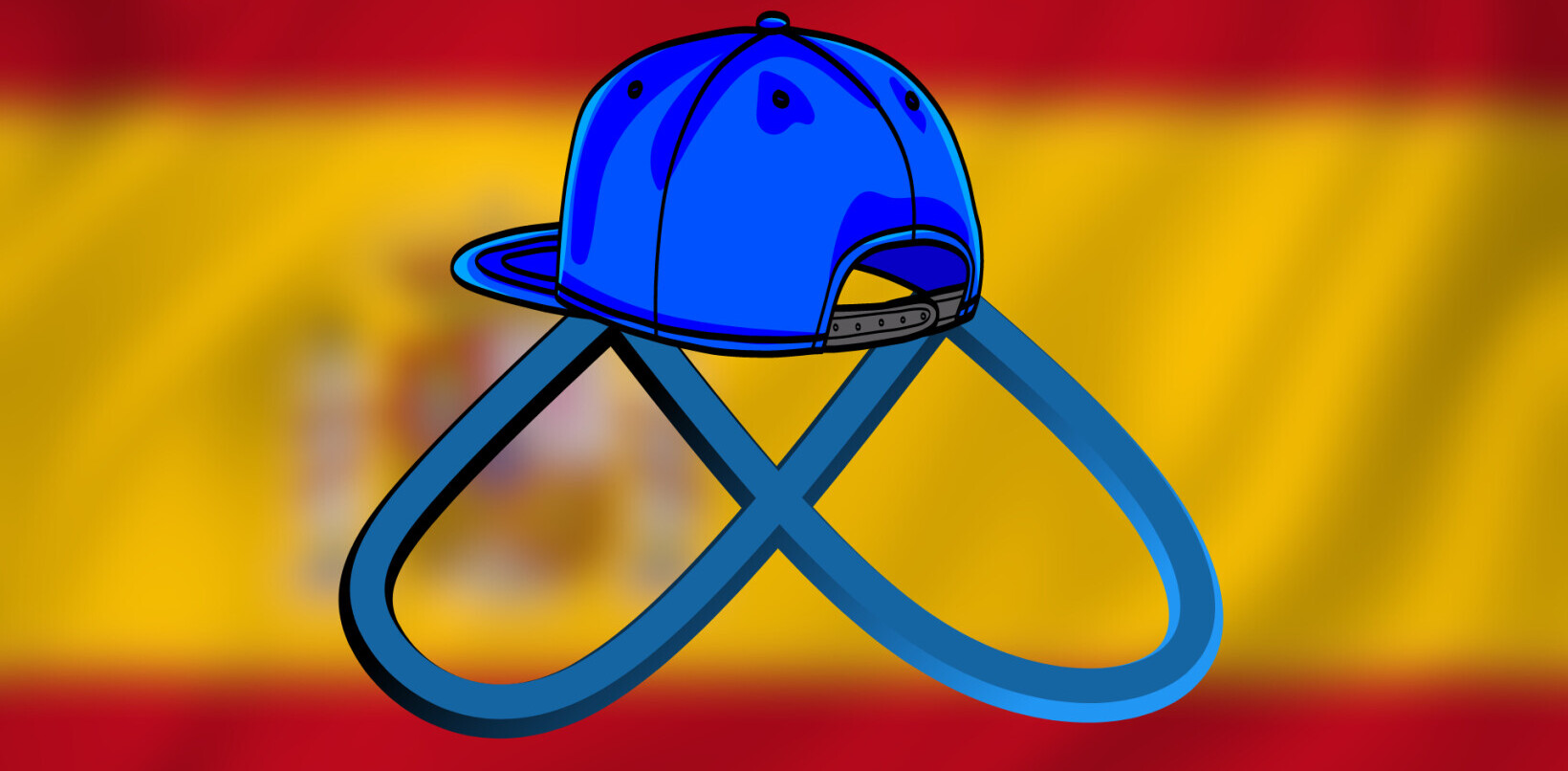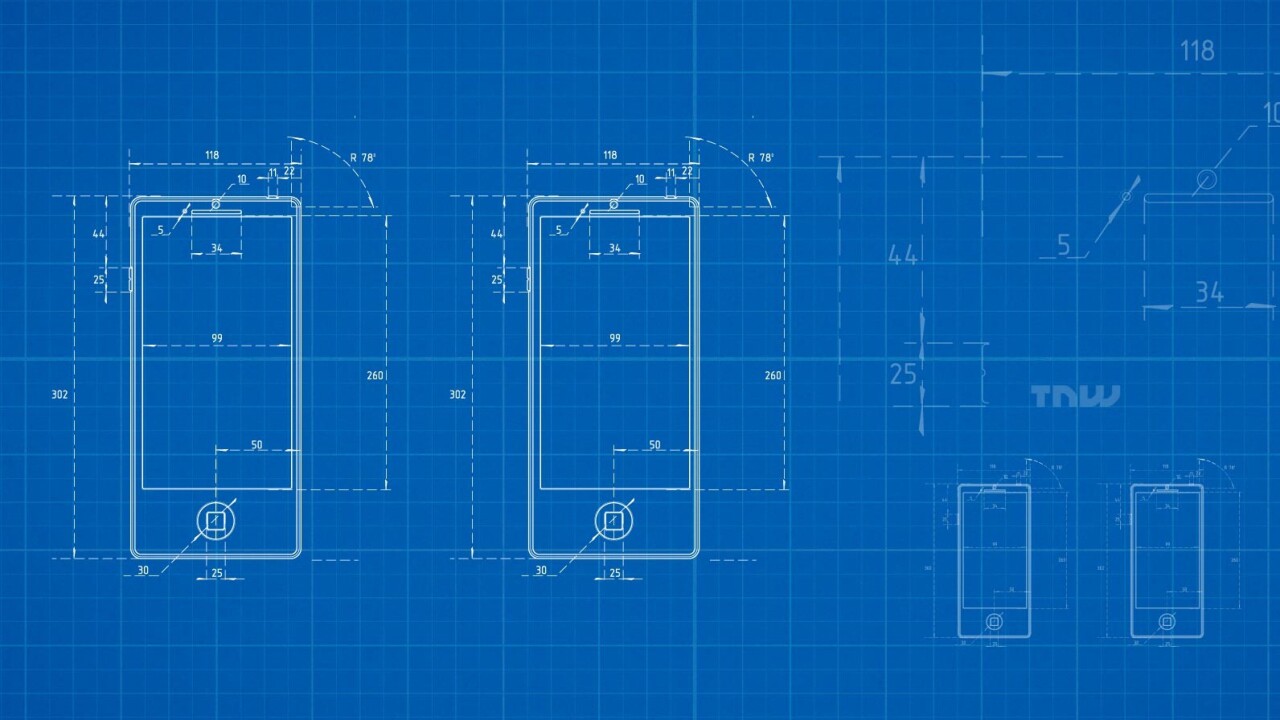
This week, the US patent office issued 6,789 patents. Each patent adds a little something new to the human knowledge base. As we cannot list all six thousand, the PatentYogi team has selected the five most interesting patents.
Facebook makes users feel more ‘at home’

In the second quarter of 2016, Facebook reached 1.71 billion monthly active users. It’s been predicted many times in the past that Facebook is going to face challenges in growing its number of users. However, Facebook has been able to beat such predications with innovations and grow consistently over a period of time. In fact, Facebook has a special team for finding new ways to grow.
Language poses a significant challenge when it comes to reaching out to a global audience. Several types of language modules – such as language classifiers, language models, and machine translation engines – have already been created to address this concern.
These language modules enable “content items,” which can be any item containing language including text, images, audio, video, or other multi-media, to be quickly classified, translated, sorted, read aloud, and otherwise used based on the semantics of the content item. However, these language models do not account for differences in dialect used within particular languages.
For example, traditional speech recognition and machine translation systems for Arabic focus on Modern Standard Arabic (MSA), and do not account for other Arabic dialects, which can differ from MSA lexically, syntactically, morphologically, and phonologically.
Facebook has developed language dialect technology that creates and tunes classifiers for language dialects and generates dialect-specific language modules. The language dialect technology obtains initial bootstrap training data and builds a dialect classification engine (e.g., a neural network or other classifier technologies) for a selected dialect based on the initial bootstrap training data.
The language dialect technology uses the dialect classification engine to create language modules, including machine translation engines, speech recognition systems, language classifiers, and language models, each of which account for differences in dialects.
Variants of the same language (e.g., American English versus British English), can use different meanings of the same word, non-standard phrases (e.g., slang), etc. The word “lift,” for example, can mean “move upward” among speakers of American English, whereas it can mean “elevator” in British English.
Similarly, the machine translation engine can use the dialect-specific language model to translate a content item from English to a particular dialect of Arabic, making people feel “at home” when they use Facebook and increasing the number of Facebook users and the time they spend on the platform.
Nike t-shirts that stretch like skin

It’s as if clothes were designed thinking of humans as mannequins. While the skin has evolved to perfectly adapt to allow for body movements, clothes lack this ability. The result is that clothes experience high amount of stretches at certain places causing tearing of the fabric at these places.
Nike has now invented a t-shirt that’s made of fabric with variable stretchabilty that is matched to certain repetitive body movements. For instance, activities that involve bending forward and reaching out arms cause higher pulling forces on a fabric covering the upper back portion. Therefore, to accommodate such movements, the stretchability of the t-shirt is enhanced on the upper back portion in comparison to the lower back portion. This prevents excessive wear and tear of the upper portion while also retaining the overall shape of the t-shirt.
Essentially, the t-shirt incorporates the same variation in stretchability as one may see in the human skin. For instance, the variation in stretchability between the skin over your elbow and that around your wrist joint comes from the differences in their movements. That same evolutionary “technology” now comes to you in your t-shirts.
Amazon’s customized drones

Once a shipment order is received, parameters such as weight/volume of the shipping container, target delivery time, weather, a route to a target delivery zone and safety considerations are determined. Based on these parameters, a customized drone is then assembled using modular components. Everything from the thruster to the wings are available in various configurations. Therefore, depending on the requirement, a suitable modular component is selected and used to assemble the drone. Alternatively, a fleet of pre-built drones catering to different specifications of these parameters may also be used to reduce time spent in assembling.
As an example, if the delivery zone happens to be an urban location, then a drone capable of navigating in crowded places is needed. Accordingly, the invention may select modular sensors with higher accuracy and flight controllers with greater degree of stability and precision in order to assemble the customized drone. Similarly, to ship a package of a larger weight, the thruster and battery may be selected with higher capacity so that a heavy package may be carried for a long distance.
As a result of this technology, delivery of packages using drones can be made very efficient and reliable.
Disney invents multimedia paper books

Since, the launch of Kindle in 2007, it’s been predicted that physical books will lose favor with the readers. However, it seems that the death of the physical paper books was mistimed at the least.
A recent study by the Publishers Association revealed that sales of print books are rising, while digital sales are down for the first time since the invention of the e-reader.
One of the main reasons for this is that the paper books offer a unique reading experience, and many readers enjoy the tactile experience of paper books. The touch and feel of paper, combined with the way the light reflects off the page, makes reading a paper book a different experience from reading an electronic reader. Some readers even like the smell of the paper.
However, paper books do have limitations – lacking interactivity and static graphics.
Disney has invented a multimedia book with paper print pages. The users get the feel of reading paper books, while at the same time, the multimedia components make the book interactive and help alleviate other limitations.
Covers include displays and multiple paper print pages. An electronic module is placed between the display and the paper print pages. The electronic module includes memory, processor, power source and communication ports.
Facebook is gearing up for IoT devices

As more humans all across the world are getting Internet access, at the same time, even machines are getting linked to the Internet. As per some estimates, about 5 billion devices are connected to the Internet as of now. This is expected to grow exponentially in the next decade. It might reach up to 50 billion devices in next five years. These devices will lead to connected cars, connected homes, connected clothing, connected healthcare and more.
Just for the healthcare domain, the IoT market is estimated to reach $117 billion by 2020. This includes wearable devices that allow patients to capture their health data. Further, IoT devices help hospitals to track the medical devices, personnel and patients.
Currently, there are a lot of platforms that are being developed by individual players. These platforms will get more standardized over time so that various IoT devices can work together. Facebook is gearing for this IoT future. It seems to be best placed to win the inevitable platform wars in IoT space.
Currently, users are able to remotely configure and control their machines. For example, users can modify thermostat settings via an application executing on a smartphone or retrieve vehicle diagnostic information using another application executing on the smartphone. However, different applications are associated with different machines, making it inconvenient for a user to remotely configure or control multiple machines.
Moreover, these conventional applications for remotely controlling a machine limit control of the machine to a user having an application associated with the machine installed on a smartphone. But a user may benefit if additional users are capable of accessing a machine associated with the user to retrieve information or to perform actions via the machine. Conventional systems require each user accessing a machine to have an application associated with the machine installed on her smartphone, which allows multiple users to control or access the machine but makes it impractical for a user to regulate or limit interactions with the machine other users are authorized to perform.
Facebook plans to change this. Facebook already knows about connections between various users. Now, it will allow users to register their IoT devices with their Facebook accounts. Facebook will then automatically identify the registered machines and maintain a list of users who can control these machines along with their respective permissions. These machines include: a thermostat, an automobile, a drone, a toaster, a computer, a refrigerator, an air conditioner, a robot, a vacuum, an actuator, and a heater. Facebook will be able to directly interact with the registered devices by sending control signals to the devices to perform required actions.
This will allow users to use a single smartphone application to control all IoT devices. Also, users can easily assign rights to other users to their IoT devices via Facebook.
Get the TNW newsletter
Get the most important tech news in your inbox each week.

